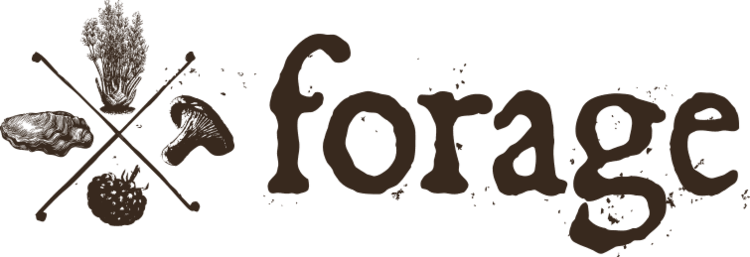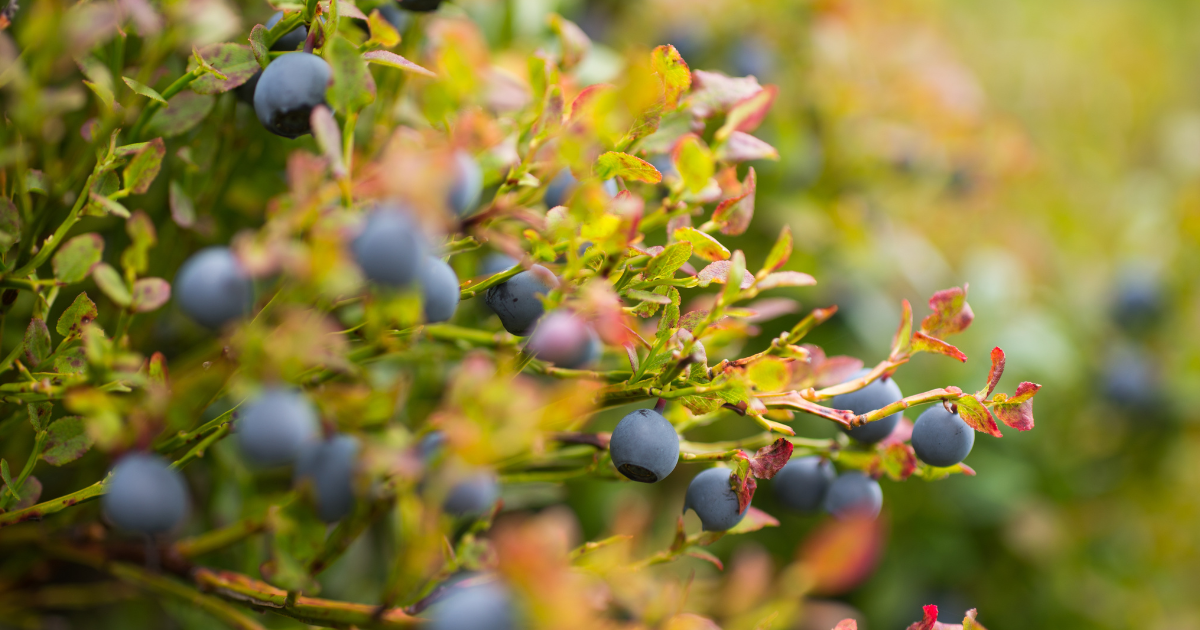East Coast Foraging: Exploring Native Plants and Traditions
The East Coast, stretching from the forests of Maine to the marshes of Florida, is a forager’s paradise. Whether you’re combing the shores of Cape Cod, wandering the Appalachian foothills, or exploring the coastal plains of the Carolinas, this region is rich with native plants, wild berries, and edible nuts. Foraging here is a journey through diverse landscapes, each with its own seasonal offerings and deeply rooted traditions of gathering food from the land.
Unique Foraging Spots Along the East Coast
From the rugged cliffs of Acadia National Park in Maine to the serene Great Smoky Mountains along the Tennessee-North Carolina border, the East Coast offers an array of foraging destinations. In the dense woods of New England, you can discover wild mushrooms and berries along trails in the White Mountains of New Hampshire. Cape Cod’s sandy soils yield beach plums and edible seaweeds, while further south, the pine forests of New Jersey’s Pine Barrens are known for their wild blueberries and cranberries.
In the Mid-Atlantic, places like the Shenandoah Valley in Virginia and the Appalachian Trail are brimming with wild greens, herbs, and nuts, making them prime locations for fall foraging. Heading into the Southeast, the coastal marshes of South Carolina and Georgia offer edible salt-tolerant plants and seaweeds, while the oak-filled forests of North Carolina are home to an abundance of wild nuts like acorns, hickory nuts, and chestnuts.
Seasonal Bounty: Greens, Berries, and Nuts
Each season brings its own bounty to the East Coast. In spring, wild ramps (found in places like the Catskills of New York and the forests of West Virginia), dandelions, and fiddlehead ferns start to pop up. These fresh greens are nutrient-rich and perfect for incorporating into your seasonal cooking.
As summer takes hold, the East Coast becomes a forager’s playground for wild berries. Blackberries and raspberries grow abundantly in the woods and along hiking trails in states like Maryland and Pennsylvania. In Maine’s blueberry barrens, foragers can gather wild blueberries—a state treasure and a beloved summer treat.
Fall marks the peak of nut harvesting season. The forests of Virginia and the Carolinas are filled with acorns, chestnuts, and walnuts, waiting to be collected. Hickory nuts, another favorite, can be found in wooded areas along the Appalachian Trail. These nuts can be roasted, ground into flour, or eaten as a nutritious snack.
Foraging with a Purpose: Indigenous Knowledge and Sustainability
Foraging on the East Coast offers more than just an opportunity to gather wild food. It’s a way to engage with the long-standing traditions of land stewardship practiced by indigenous communities, like the Wampanoag in Massachusetts and the Cherokee in the Southeast. These communities have passed down knowledge about sustainable harvesting, helping to ensure that the natural environment thrives for generations to come. Their wisdom and respect for nature continue to shape modern foraging practices today.
In areas like the forests of Maine and the marshlands of the Carolinas, sustainable practices such as selective harvesting and controlled burns have been used for generations to encourage the growth of certain plants and maintain the health of the ecosystem. Foragers today draw from this knowledge, ensuring that the environment is preserved for future generations.
Foraging Through the Seasons
Seasonality is key to foraging on the East Coast. In spring, the forests of Vermont, Massachusetts, and New Jersey are teeming with wild greens and edible flowers. Summer brings the bounty of wild berries in places like the Pocono Mountains in Pennsylvania and the forests of North Carolina. Fall, with its colorful foliage, is the time to hunt for nuts and mushrooms in the Blue Ridge Mountains of Virginia and the Smoky Mountains of Tennessee.
Even winter offers foraging opportunities, with wild roots like sassafras, which can be found in the forests of Georgia and South Carolina, and wintergreen berries, which grow in the woodlands of the Northeast.
Sustainable Foraging: Protecting the Land
Sustainable foraging is at the heart of everything on the East Coast. Foragers are reminded to take only what they need and to leave enough for plants to regenerate. Areas like the Adirondacks in New York and the coastal marshes of Virginia have fragile ecosystems that require careful attention. Many foragers also work closely with local conservation efforts, helping to restore habitats and protect the diversity of plant life in the region.
The Rich Tradition of Foraging on the East Coast
Foraging along the East Coast is an enriching experience, offering a wide range of edible treasures from Maine’s rugged coastline to Florida’s sandy shores. Whether you’re harvesting wild berries in the forests of the Northeast, gathering nuts in the Appalachian Mountains, or exploring the coastal plants of the Southeast, the East Coast is a haven for those looking to connect with nature and explore traditional practices. By embracing sustainable foraging methods, we can continue this time-honored tradition while preserving these incredible ecosystems for future generations.






